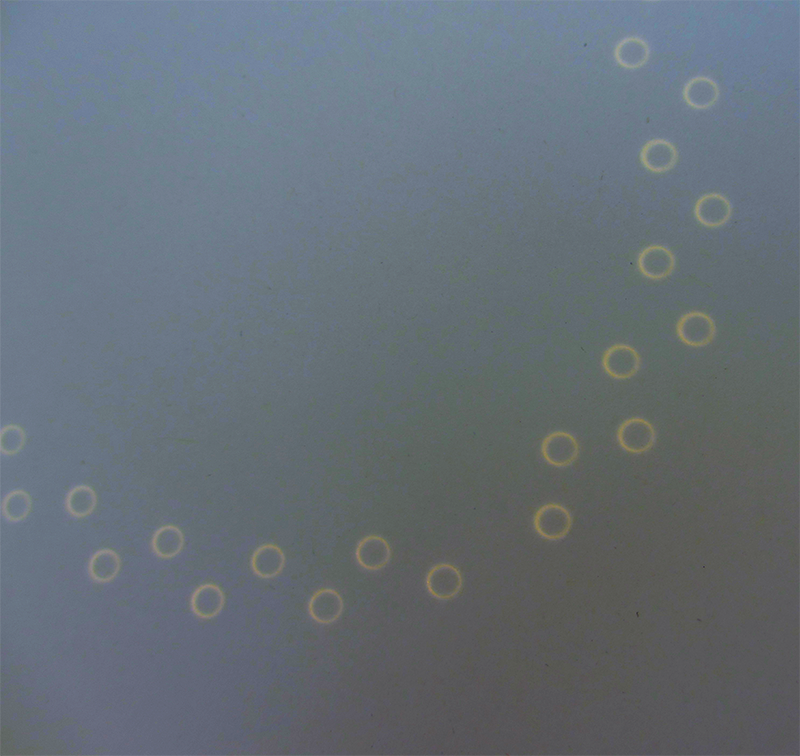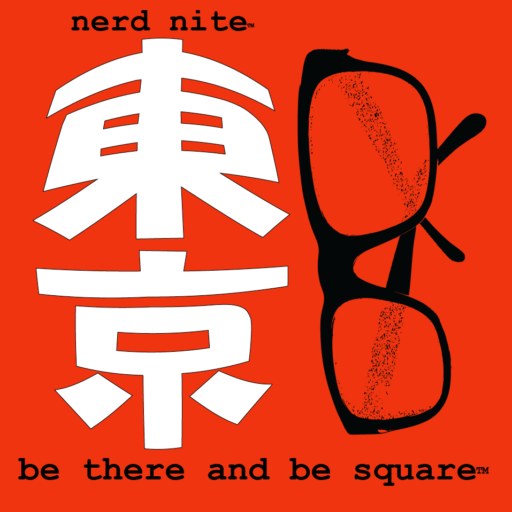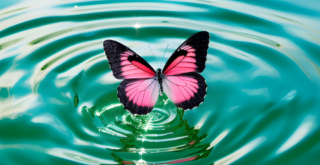The stars align. That’s what you say, when things work out perfectly. For Aurora Simionescu, that moment came in August 2017. After a wait of 18 years, she finally got to photograph a total solar eclipse. Not an annular eclipse, like in 2012, and not a weather-thwarted cloudy mess of an eclipse like she witnessed in China in 2009–but the real deal. As an astrophysicist and passionate traveler and photographer, Aurora does not live by halves, and she was determined to get a shot of “the most amazing natural spectacle.”
In the case of an eclipse, of course, it’s not stars that align but rather the moon and sun, blacking out a given vantage point on Earth for a short time. As Aurora told the audience at Nerd Nite Tokyo in December, this is something that will actually cease to happen in about 600 million years, as the moon is slowly pulling away from the Earth. So we are in a unique space-time position, at least in terms of eclipses! And luckily for future planning, eclipses also come in cycles that repeat regularly, at 18-year intervals in the case of the Saros series. The ‘Great American Eclipse’ of August 2017 was the 22nd event in the Saros series dubbed ‘145’.

The Aug. 2012 annular eclipse (ring of fire!) as it passed over Japan. Photo by Adam Phillips (not as cool or as pretty as the pasta strainer technique Aurora talked about, but Adam is still proud ?)
During an eclipse, the moon’s shadow moves over the Earth at thousands of kilometers per hour. The resulting few minutes of pitch blackness during the day may be awe-inspiring enough, but Aurora was looking to capture one key moment: when the moon exactly overlaps the sun so that its light is not blinding us, we can see hydrogen atoms in an excited quantum state appearing along red loops in the solar corona. These hydrogen emissions, which trace the sun’s magnetic field, are related to solar flares that come out of sunspots and occur regularly (with or without eclipses).
Helpfully, Aurora also availed us of when to look skyward (with appropriate eye protection, of course) for future eclipses in Tokyo. For lunar eclipses, that would be this coming January 31st (2018), and for solar, it’s June 1st, 2030 (annular) and September 2nd, 2035 (total).
For more of Aurora’s photography (astronomy and otherwise), visit her blog at EarthInPink.com. You can watch Aurora’s talk below.
—
 Nerd Nite Tokyo is a series of monthly science talks in a bar. More information at tokyo.nerdnite.com. ?
Nerd Nite Tokyo is a series of monthly science talks in a bar. More information at tokyo.nerdnite.com. ?
The stars align. That’s what you say, when things work out perfectly. For Aurora Simionescu, that moment came in August 2017. After a wait of 18 years, she finally got to photograph a total solar eclipse. Not an annular eclipse, like in 2012, and not a weather-thwarted cloudy mess of an eclipse like she witnessed in China in 2009–but the real deal. As an astrophysicist and passionate traveler and photographer, Aurora does not live by halves, and she was determined to get a shot of “the most amazing natural spectacle.”
In the case of an eclipse, of course, it’s not stars that align but rather the moon and sun, blacking out a given vantage point on Earth for a short time. As Aurora told the audience at Nerd Nite Tokyo in December, this is something that will actually cease to happen in about 600 million years, as the moon is slowly pulling away from the Earth. So we are in a unique space-time position, at least in terms of eclipses! And luckily for future planning, eclipses also come in cycles that repeat regularly, at 18-year intervals in the case of the Saros series. The ‘Great American Eclipse’ of August 2017 was the 22nd event in the Saros series dubbed ‘145’.

The Aug. 2012 annular eclipse (ring of fire!) as it passed over Japan. Photo by Adam Phillips (not as cool or as pretty as the pasta strainer technique Aurora talked about, but Adam is still proud ?)
During an eclipse, the moon’s shadow moves over the Earth at thousands of kilometers per hour. The resulting few minutes of pitch blackness during the day may be awe-inspiring enough, but Aurora was looking to capture one key moment: when the moon exactly overlaps the sun so that its light is not blinding us, we can see hydrogen atoms in an excited quantum state appearing along red loops in the solar corona. These hydrogen emissions, which trace the sun’s magnetic field, are related to solar flares that come out of sunspots and occur regularly (with or without eclipses).
Helpfully, Aurora also availed us of when to look skyward (with appropriate eye protection, of course) for future eclipses in Tokyo. For lunar eclipses, that would be this coming January 31st (2018), and for solar, it’s June 1st, 2030 (annular) and September 2nd, 2035 (total).
For more of Aurora’s photography (astronomy and otherwise), visit her blog at EarthInPink.com. You can watch Aurora’s talk below.
—
Nerd Nite Tokyo is a series of monthly science talks in a bar. More information at tokyo.nerdnite.com. ?
Nerd Nite Tokyo #17. Play starts at the third talk (Aurora’s). Rewind to the beginning and learn even more cool stuff.
[yuzo_related]







